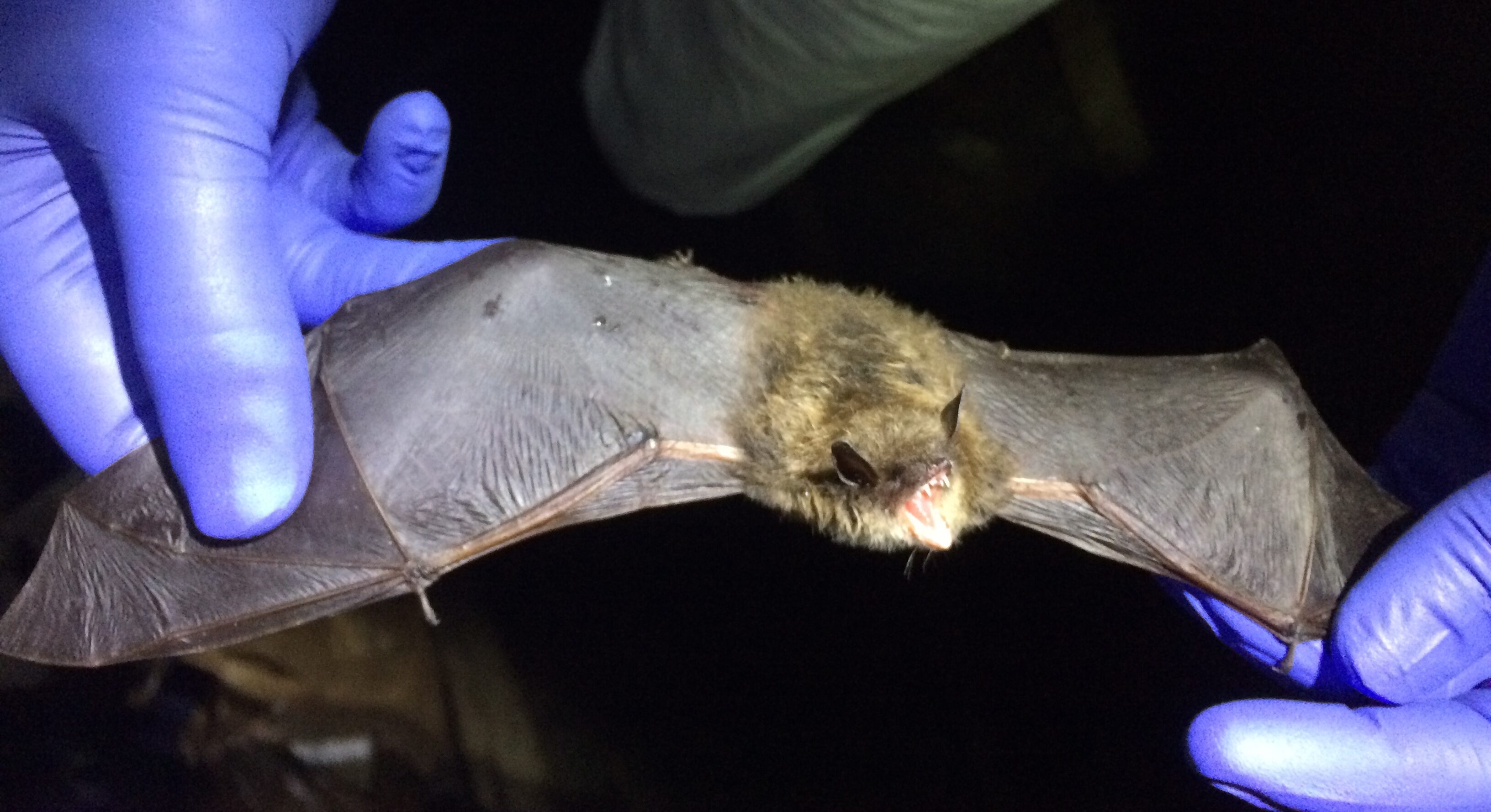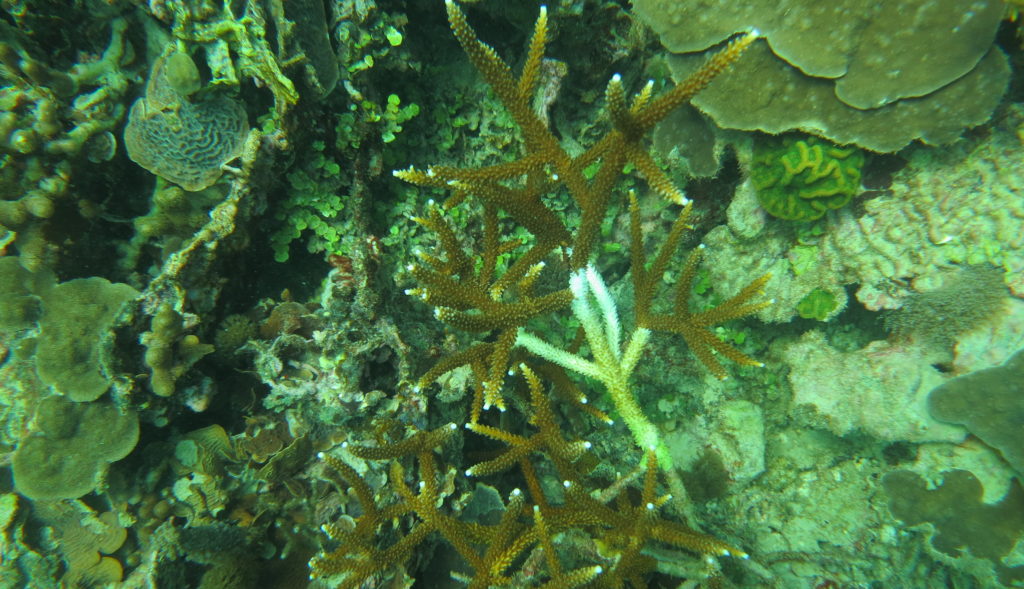Early Exposure to Heat and Low Oxygen Makes Oysters More Vulnerable to Same Stressors Later On
by Kristen Minogue

Eastern oyster (Crassostrea virginica) taken from the Choptank River on Maryland’s Eastern Shore. (Credit: Sarah Donelan)
Early exposure to tough conditions—particularly warmer waters and nightly swings of low oxygen—could leave lasting scars on oysters’ ability to grow meaty tissue. A team of biologists at the Smithsonian Environmental Research Center (SERC) reported the discovery in a new study, published in the journal Ecological Applications.
Eastern oysters in Chesapeake Bay live mostly in shallow tributaries. It’s a rough environment for shellfish that can’t move. During hotter months, oxygen levels can swing drastically, from perfectly healthy levels in the day to near zero at night. To save energy, some oysters react by focusing more on shell growth than tissue growth. That could pose a problem for anyone involved in the seafood industry.
“What we all of course want to eat at the raw bar is the oyster tissue,” said Sarah Donelan, a SERC postdoctoral fellow and lead author of the new report. “Customers and restaurants might be less pleased if there’s less tissue in what looks to be a large oyster.”






